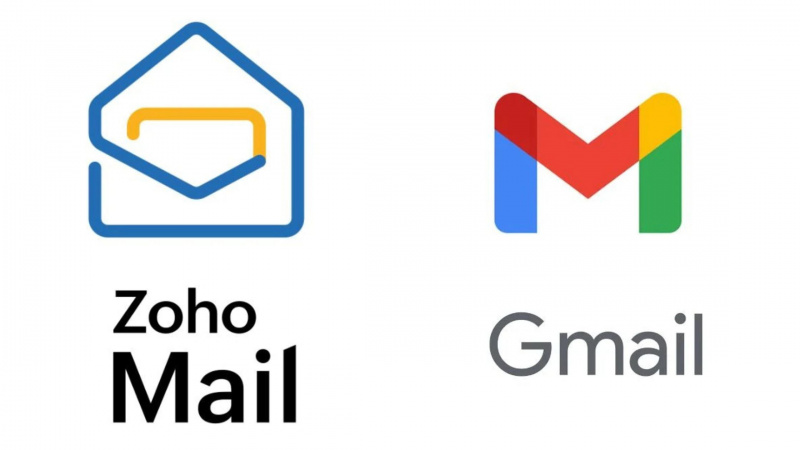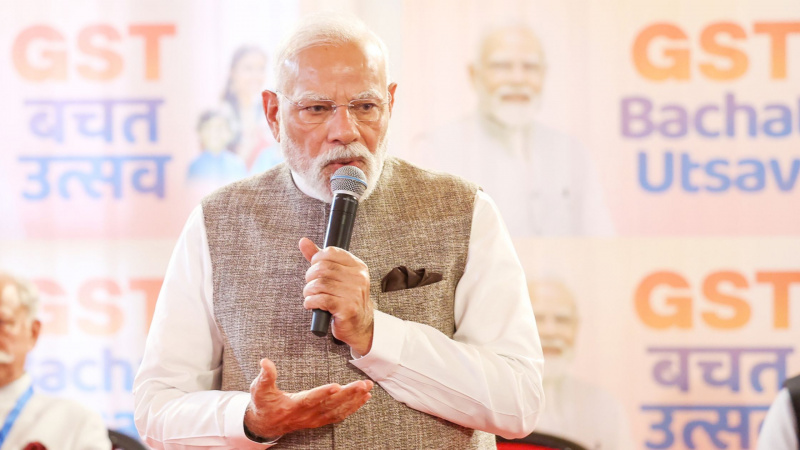Google drives the video game industry through Stadia
With Stadia, Google aims to bring more complex games to more people. Google is entering games in a serious way. Alphabet Inc unveiled on Tuesday a new gam
- by B2B Desk 2019-03-20 05:52:02
Stadia works across the company's video streaming platform and takes advantage of Google's extensive data center network.
With Stadia, Google aims to bring more complex games to more people.
Google is entering games in a serious way.
Alphabet Inc unveiled on Tuesday a new game streaming service called Stadia at the San Francisco Gaming Developers Conference. The announcement marks a new invasion in an industry worth $ 180 billion for the Internet giant.
Stadia allows developers to create new games on a broadcast platform that allows players to access the event via the web rather than having to buy expensive controllers or personal computers. The company also introduced its own game controller, which creates console-like games on a computer or smartphone. Alphabet stock rose less than 1% in New York.
You Might Also Like To Read Facebook to Impart Digital Training to 1 Million in the Asia Pacific
Like many companies in the UK, the billion-pound video game industry is already feeling the negative effects of Britain's exit from the EU. A voice report AFPTV.
Google already has a large presence in games through the Android App Store, one of the most popular mobile gaming markets. But search and peer giants like Amazon.com Inc, Facebook Inc and Apple Inc have no central role in the lucrative hardcore gaming market, which still works on devices like Sony Corp.'s PS4 and Microsoft Corp. Sports Entertainment Industry. With Stadia, Google aims to bring more complex games to more people.
"Technology must adapt to people, not vice versa," CEO Sandar Pichai said at the event. "We are serious about making technology accessible to everyone."
Google will not say how much users will accrue, or whether it will be funded through ads like most other businesses. The company said, the service will be launched later this year, without advertising partnerships with top-notch game developers.
"There is no pricing information, what is the revenue model?" Said Joost van Drayonen, co-founder of SuperData. "It's a bit like saying we're going to start a restaurant but we have no idea what kitchen we're making."
Stadia works across the company's video streaming platform and takes advantage of Google's extensive data center network. While the company did not announce a price for service, artificial intelligence technology helped make the product possible. Through its presentation, Google explained that its technical tools alone will make the future of gaming services work. I have repeatedly mentioned its power advantage in cloud computing and YouTube, suggesting that the service is designed to bring more users to these units - two areas where investors are looking for sales growth beyond advertising.
However, Google will need to convince game publishers to put their content on the Stadia stadium if they want to attract players, says Jitendra Waral, chief internet analyst at Bloomberg Intelligence.
"Google's infrastructure to take advantage of YouTube to enable cloud games is a logical extension of its power," Warall said. "The question is, can you compete content and experience with Sony or Microsoft?"
He said Google might need to get it in the region "because the content will remain the property regardless of technology."
This is what investors should look for in the next few months: can we persuade Google to convince the big game developers to bring their content to the stadiums, at any cost, Van der Donen said. The Internet giant can cost hundreds of millions of dollars.
Google also said it was building a studio to create its own games, led by Jade Raymond, former CEO of Ubisoft Entertainment SA. Google has not indicated how much you'll spend on this initiative.
Waral said the high-quality broadcast that Google claims in its ad will only be available to people with high-speed Internet connections. "In order for the infrastructure and the consumer to be ready for this movement, we will have to wait two years."

POPULAR POSTS
The Agentic Revolution: Why Salesforce Is Betting Its Future on AI Agents
by Shan, 2025-11-05 10:29:23
OpenAI Offers ChatGPT Go Free in India: What’s Behind This Big AI Giveaway?
by Shan, 2025-10-28 12:19:11
Zoho Products: Complete List, Launch Years, and What Each One Does
by Shan, 2025-10-13 12:11:43
Arattai vs WhatsApp: Which Messaging App Should You Choose in 2025?
by Shan, 2025-10-10 11:55:06
Top Buy Now Pay Later (BNPL) Apps for Easy Shopping in 2025
by Shan, 2025-09-22 10:56:23
iPhone 17 Sale in India Begins: Full Price List, Launch Offers and Store Availability
by Shan, 2025-09-19 12:00:45
Apple September 2025 Event Recap: iPhone 17, iPhone Air, Apple Watch Series 11, and India Pricing Revealed
by Shan, 2025-09-10 09:55:45
RECENTLY PUBLISHED

Loan EMIs to Drop as RBI Slashes Repo Rate - Full MPC December 2025 Highlights
- by Shan, 2025-12-05 11:49:44

Pine Labs IPO 2025: Listing Date, Grey Market Premium, and Expert Outlook
- by Shan, 2025-11-05 09:57:07

Top 10 Insurance Companies in India 2026: Life, Health, and General Insurance Leaders Explained
- by Shan, 2025-10-30 10:06:42

Best Silver Investment Platforms for 2025: From CFDs to Digital Vaults Explained
- by Shan, 2025-10-23 12:22:46

Zoho Mail vs Gmail (2025): Which Email Platform Is Best for Businesses, Startups, and Students?
- by Shan, 2025-10-09 12:17:26

PM Modi Launches GST Bachat Utsav: Lower Taxes, More Savings for Every Indian Household
- by Shan, 2025-09-24 12:20:59




 Subscribe now
Subscribe now 